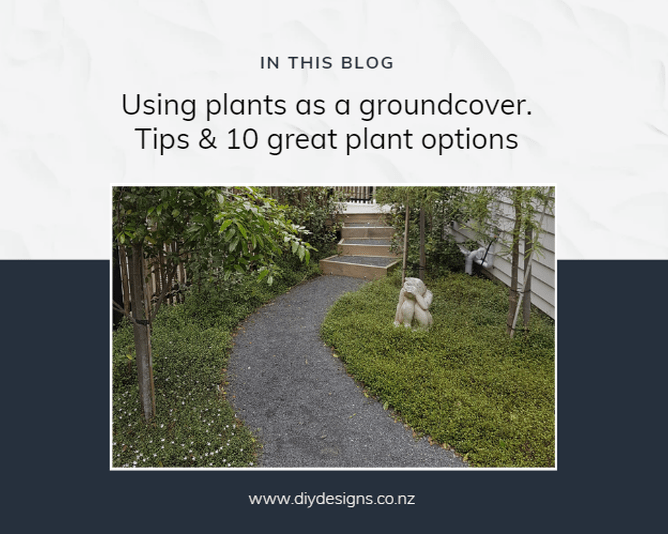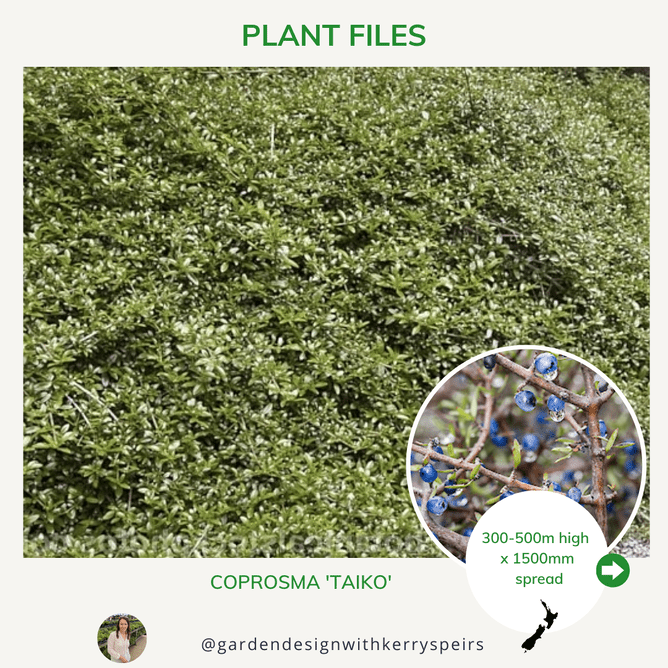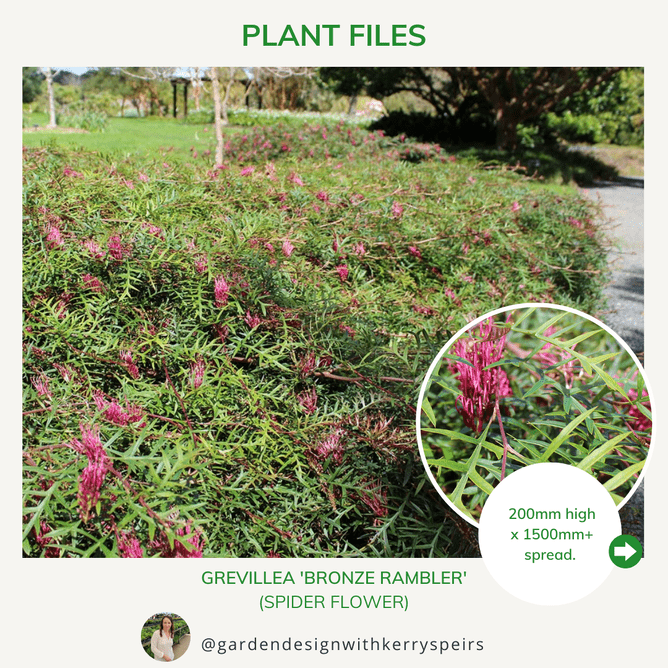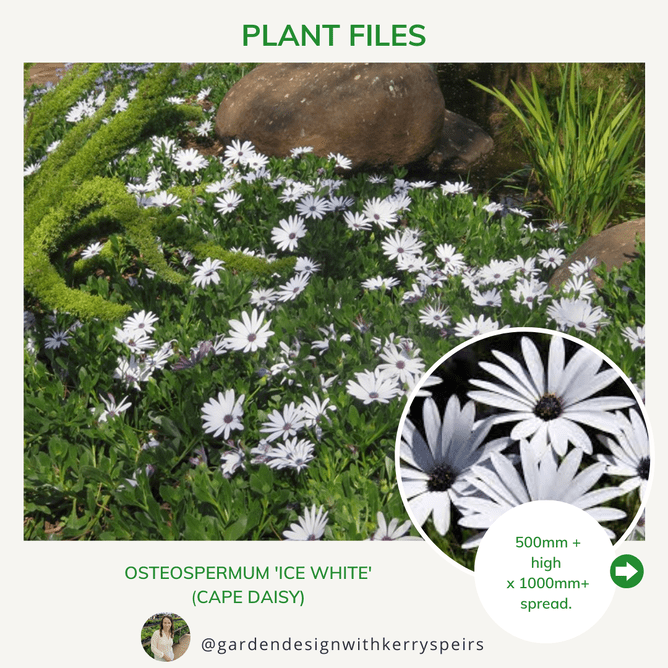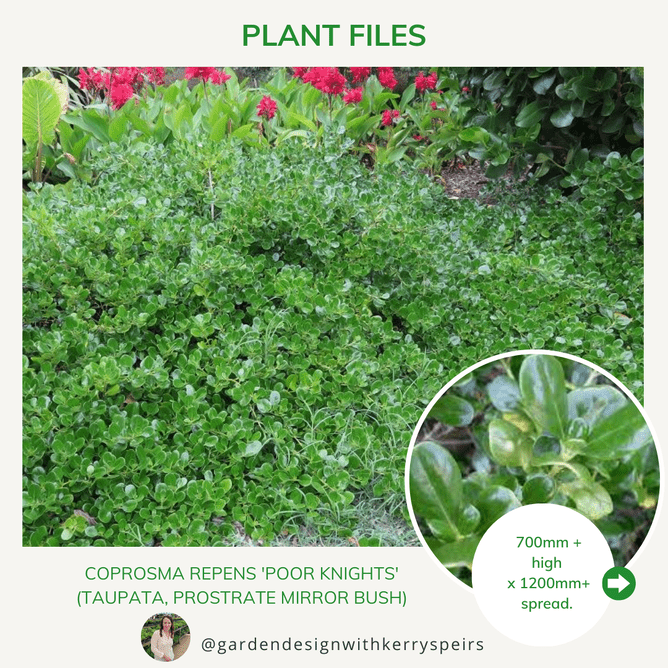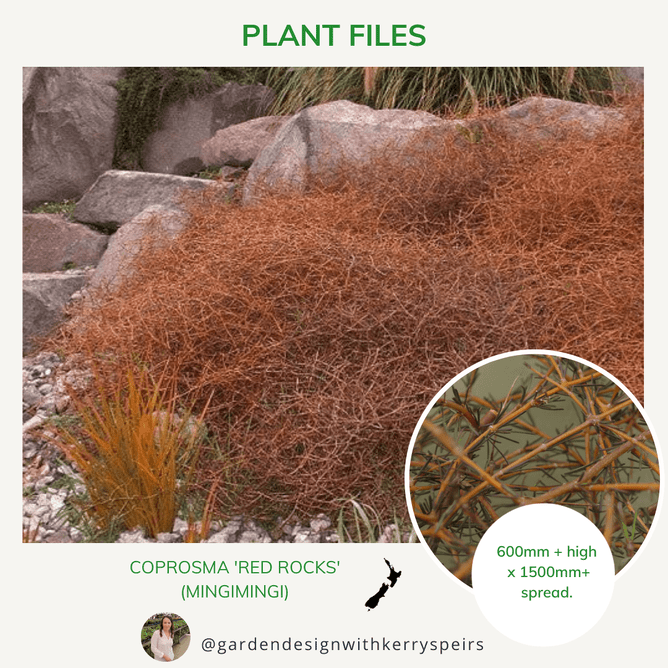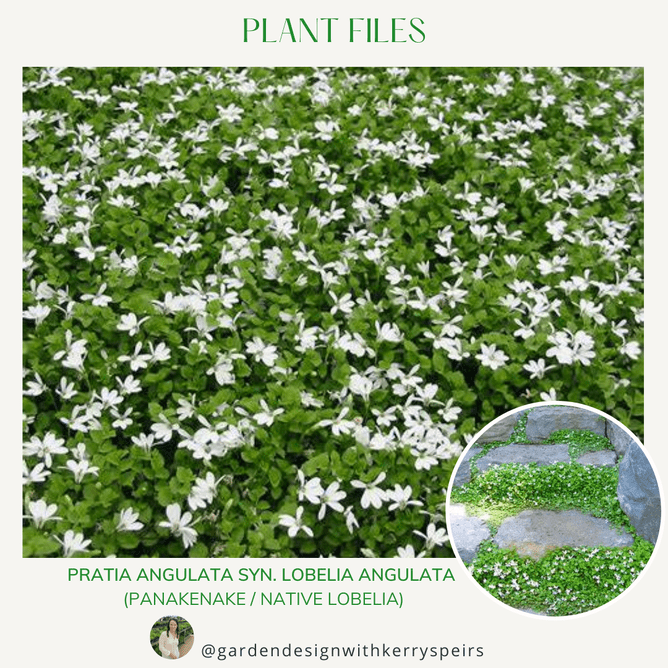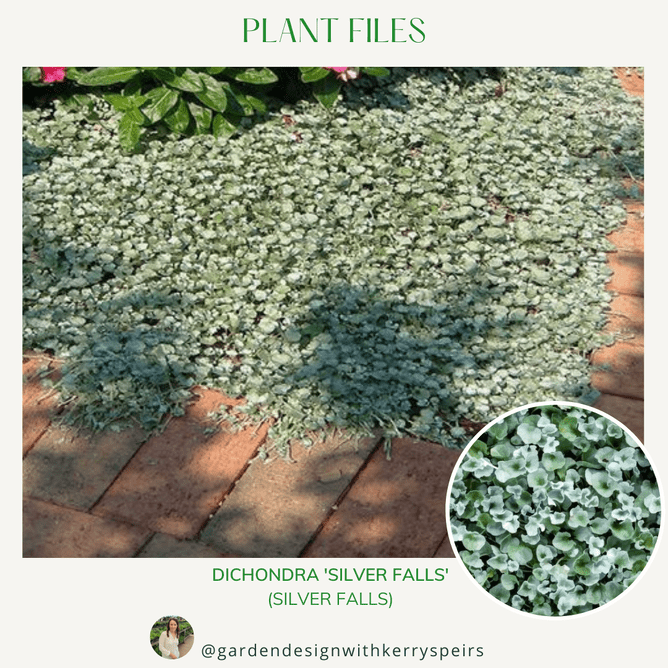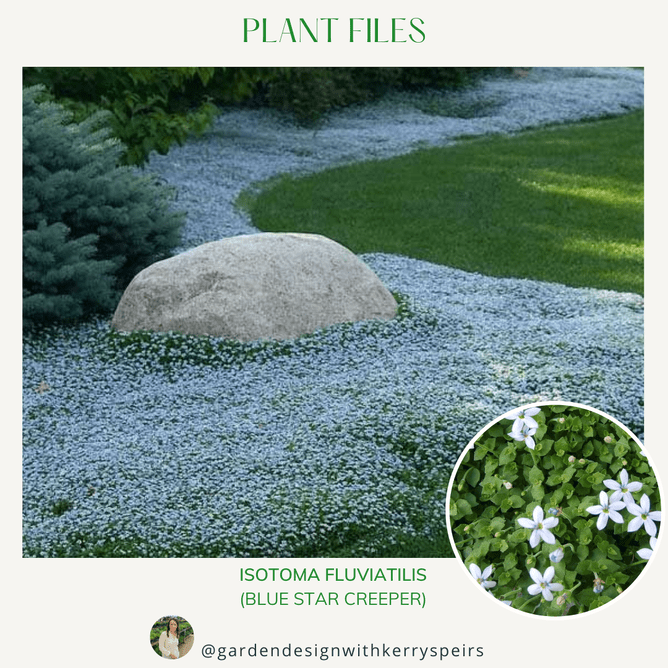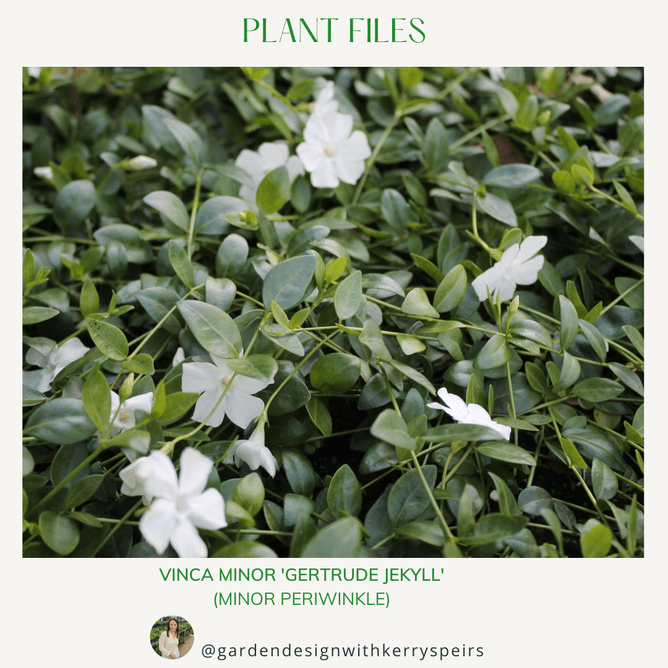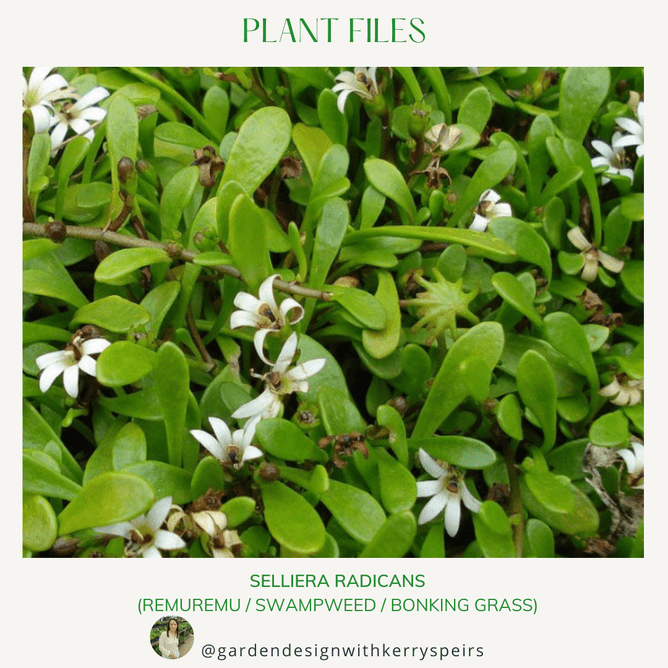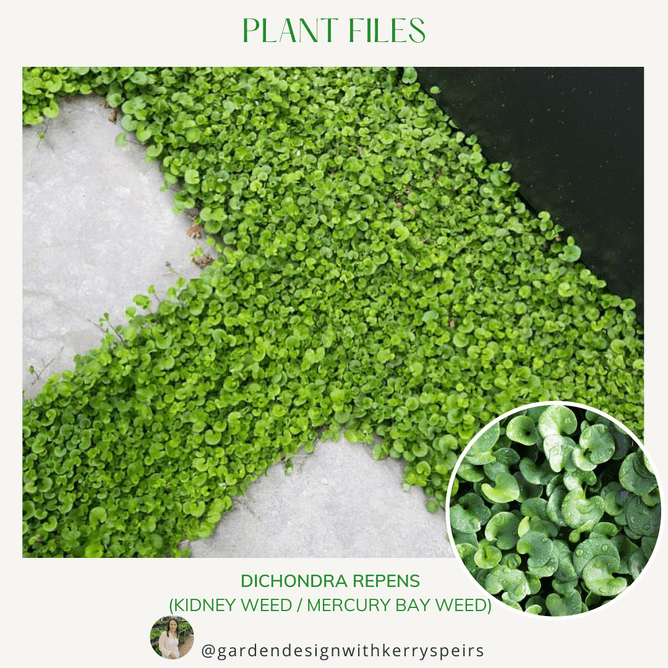THE BEST LOW-MAINTENANCE GROUNDCOVER PLANTS FROM A LANDSCAPE DESIGNER'S PERSPECTIVE
From a landscape designer's perspective, the best groundcover plants are those that will quickly cover areas of bare soil, and therefore help suppress the establishment of undesirable weed species. In this blog, we cover how you can use groundcover plants to reduce your garden maintenance and provide a list of 10 of the best groundcover plants suitable for most New Zealand growing conditions, including a few NZ native plant species.
HOW GROUNDCOVER PLANTS WORK
Groundcover plants work by spreading across bare soil and creating shade, which helps prevent weed seeds from germinating A bit like mulch does, but less prone to transfer by birds. The foliage cover provided by the groundcover plants also minimises evaporation, which helps to retain moisture in the soil, reducing the need for watering. In addition to their weed-suppressing properties, groundcover plants can add texture and interest to your garden, so they also add design value. Here are the two main types of groundcover plants:
SPRAWLERS: Sprawlers are rooted in one spot, but the surface foliage sprawls and spreads over a wide surface distance (occasionally the foliage will take root, but their primary method of cover is by sprawling). Groundcover plants, like coprosma (a NZ native plant) and grevillea, are sprawlers. You only need to use a few sprawling plants to get good coverage. This makes them ideal for the budget-conscious gardener or for use in low-priority areas such as road berms. Sprawlers are also effective for covering difficult areas that are hard to plant and maintain, like sloping banks.
CREEPERS & RUNNERS: Other groundcover plants, such as pratia, ajuga and selliera travel (or spread) by sending out underground runners or by rooting along their stems as they grow. They can take longer to form a dense cover than sprawlers, and you need to plant more individual plants per m2. They will grow together over time to make a continuous, well-rooted groundcover, that is great at outcompeting weeds. Because there are multiple roots, this is a forgiving type of plant ideal for when you have dogs and small children using your garden. If you use a creeping type of groundcover, and you like to mulch, you will need to use a loose mulch such as shredded bark or bark fines as these enable the roots to penetrate the soil. Your plants won't be able to spread if you mulch with plastic or landscape fabric such as weed mat. Plant them densely so that they quickly cover the soil, minimising weed establishment.
If you follow me on Instagram - @gardendesignwithkerryspeirs - I have posted lots of other good tips on how to use and plant groundcover plants.
GROUNDCOVER PLANTS WILL REDUCE YOUR GARDEN MAINTENANCE
Groundcover plants are a low-maintenance garden solution, ideal if you're tired of spending hours weeding your garden every week, and they are definitely a more attractive weed suppression solution than covering large areas with ugly and problematic weedmat.
While you can use vigorous types of ground cover to suppress weeds and reduce maintenance, more polite (or moderate) growers should be selected for your feature bed areas.
Don’t be scared it’ll be ‘too much’ planting! If you leave areas of soil bare, weeds will establish and you'll have to spend your time dealing with those whereas with a well-considered groundcover planting, you will have an attractive planting to look at and it will reduce your time spent weeding!
CHOOSING THE RIGHT GROUND COVER PLANTS
When choosing the best ground cover plants for your garden, it's important to consider the growing conditions in your area. Some ground cover plants prefer full sun, while others prefer shade. It's also important to choose plants that are appropriate for the localised climate and growing conditions. This means the 'best' groundcover plant will vary from project to project, making it almost impossible to choose just 10 of the best, but I’ve narrowed it down to some consistently good performers.
5 TOP SPRAWLING GROUNDCOVER OPTIONS
Coprosma 'Taiko'. A NZ native plant that is evergreen and features small, blue berries in autumn, attracting birds and geckos. Ideal for tough situations such as coastal and windswept locations, it is also happy in full sun. Tolerates poor soil and hot dry conditions.
Grevillea 'Bronze Rambler'. Great for use as a ground cover in coastal gardens, as it tolerates dry, windy conditions and is good for erosion control.
Osteospermum 'White Ice'. Like all cape daisies, the 'White Ice' cultivar is adaptable to most poor soil types, including sandy or gravelly soil, though it will not tolerate heavy, clay soil or wet soil conditions. Requires full sun and becoming straggly and unlikely to flower in shade.
Coprosma repens 'Poor Knights' is unlike its well-known divaricating relatives. 'Poor Knights' (and other Coprosma repens cultivars) have fleshier and more rounded, glossy, bright green leaves. Preferring full sun, but tolerant of semi-shade. Very drought tolerant and will tolerate coastal conditions, but is damaged by frost.
Coprosma 'Red Rocks'. The stand-out features of this NZ native plant are its rusty red foliage colour, and an interesting divaricating habit that gives it a slightly tangled look. Hardy, tough, and happy in full sun. Tolerates coastal conditions, poor soil and hot, dry conditions.
Images below.
5 TOP RUNNING GROUNDCOVER OPTIONS
Pratia angulata (now known as Lobelia angulata) is a NZ plant which thrives in damp shady sites, although will grow in sunny situations. Suitable for coastal situations. White flowering and with red berries in autumn that are attractive to birds. It dies back in winter in colder climates.
Dicondra 'Silver Falls' is an evergreen, hardy plant with gorgeous silvery foliage. Like most silver foliage plants, it is drought tolerant and performs best in a full sun position. Can also cascade down 1m+.
Isotoma fluviatilis has tiny green leaves and forms a lush, low-growing mat. Very resilient and easy to grow, it performs best when grown in full sun or partial shade on a well-drained site. It is tolerant of dry periods and moderate frost once established.
Vinca minor 'Gertrude Jekyll' has dark green leaves and brilliant white flowers. For best results grow in moist, free-draining soil. It's ideal for difficult, shady spots, but flowers more profusely where the light is good. Can also cascade down 1m+.
Selliera radicans is a NZ native groundcover plant that is well suited to coastal conditions, in both full sun and part-shade. An easy-to-grow plant with pretty white flowers in summer followed by small fruits. A very hardy low maintenance plant.
Dicondra repens is a NZ native groundcover plant. It has small kidney-shaped leaves and spreads quickly to form a dense carpet. Well suited to coastal situations, it grows in both bright sun and part-shade situations.
The savvy amongst you will have noted that there were 6 picks in this final selection, not 5. That's because here at DIY Designs we always go the extra mile. Get in touch with us if you need help with choosing plants for your place, we'd love to help.
